Jalopy Review
By odyssey 0 Comments
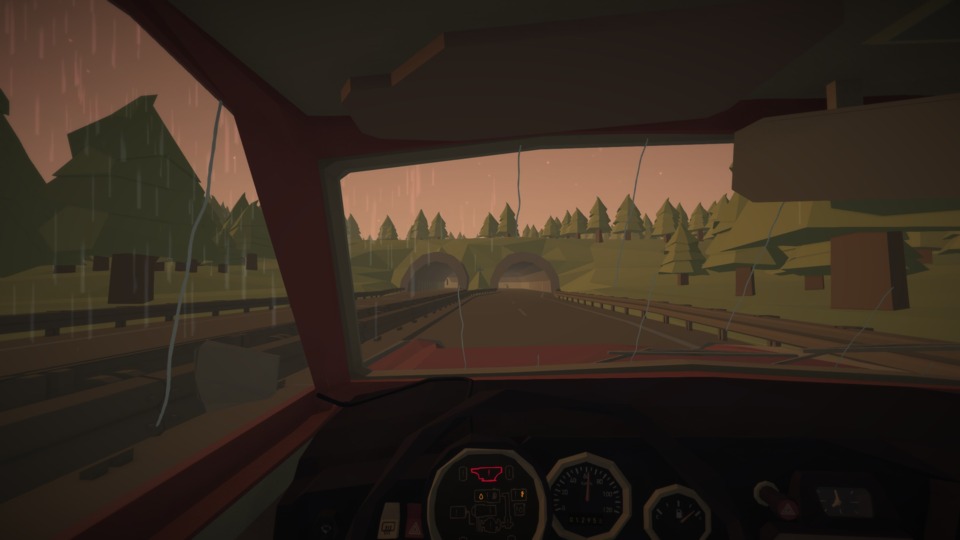
Jalopy is a game that primarily about the casual driving experience you get from something like European Truck Simulator 2, but it’s not quite that game. Jalopy is about casual driving, but with roguelike elements built in and with a more granular system of interaction.
In Jalopy, you get a… Jalopy. A pretty shitty car. And you’re tasked with driving it from one town over to the next. And since your Jalopy is a Jalopy, it doesn’t run real well. It’s parts are of low quality, and they tend to wear down quickly into a state of disrepair.
While the game has a (somewhat slow) tutorial that teaches you about car maintenance, they don’t really tell you about the dynamics of the game. Yes, you’ll know that your car’s parts have health, and you know that you need to repair said parts to keep it running, but they don’t tell you about the reliable part in the game’s loop where you can purchase and how you get to the money to buy repair kits reliably.
SO, the structure of the game is like this:
Start → Route → Town
You get to choose one of three routes, and on your route you may come across boxes. Pick them up, put them in your car, and sell in town. At town you can repair and upgrade, but what options there are also randomized. Bad luck can result in your car inevitably breaking down and then you have to choose to “drive back down” (which doesn’t make any sense.)
That may sound simple. And it is a little simple. But it’s the granularity in the mechanics that breaths depth into the game. Every button in the car’s cockpit can be used, every tool functions like a good “gamified” version of that tool, not too complex where it becomes work but enough there where it feels like you’re actively using the tool. Every item takes up physical space and has weight. You need to use keys to start your car, you need to use your wallet to pay for goods.
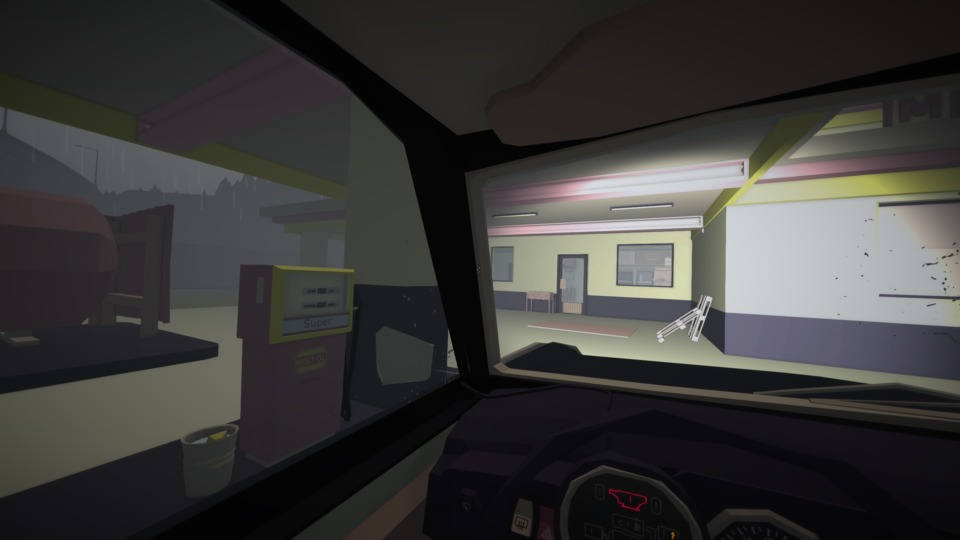
And all that makes the game feel very breezy but compelling. It presents interesting experiences like figuring out the most efficient way to change tires, playing inventory tetris because you just found a crate of smuggling liquor, rolling down your windows because they’re caked with mud and you need to make sure no one is passing you, and many other experiences, and many others. The inventory management is a big part of the game. I enjoyed the car storage mechanic in it’s “inventory tetris” sort of way, but you can’t rotate objects and I really wish you could. When you’re outside the car you can only carry a maximum of three items in your arms regardless of size, and I have a problem with that. It makes selling mass amount of items potentially an extremely tedious experience. You can use a crate to carry items from the car to the store, but you have to individually place each object into the crate. There driving works. I mean, you’re always driving a shitty car, but the game excels in changing how your car feels due to the numerous attributes. Whether it’s obvious stuff like your air intake breaking down, or little stuff like how much oil mixture is in your fuel, you can “feel” out what’s right and wrong with the car. And this feel extends itself towards when you start buying newer and better parts, and how your experience is not just smoother but how freeing it feels to not have to worry about your parts wearing out quicker.
But it is still pretty barebones. That structure I described is all there is, really. And eventually you can upgrade out of ever having to worry about maintaining your car, and once that happens there’s really nothing else to do, consider the game beaten. (I hit that mark about 12 hours in.)

But there is stuff the creator could fix with the content right now to pad that time out. There are a lot of upgrades, but they are all sorta clumped together in price, different tiers of quality that’s just a few dollars a part. So what happened with me (and I assume other people) is that once I had the money, I just bought the best thing because it’s not THAT much more expensive. And then that’s it. So the progress ceiling is lower than it needs to be. Also while I’m at it, I wish there was more tension. Smuggling goods is pretty much carefree, I just wish that sometimes I could get robbed, or that a checkpoint guard decides to inspect my carriage.
It never feels too janky, but it has weird bugs… It feels nice. But sometimes an item just disappears. Or an item you bought doesn’t move down to the pickup booth. Or sometimes a store will think you stole something (when you didn’t) and then lock you out, ending your run prematurely. Oh, and all the time if you walk with the pump past it’s maximum distance, it goes back to the pump but you can never pick it back up again. 100% repeatable every time.
The game also has the problem of many PC driving games where using the keyboard is obviously worse than a control stick while it’s still designed with using the mouse in mind. So you can either choose an inferior driving experience or an inferior UI experience. Or you use a Steam Controller. But even then there are numerous interactive objects so you really want something precise.
But it’s a pretty good, and it’s a game that can only get better as it gets more content. It reminds me of No Man’s Sky, with how it takes it’s mechanics and then unravels them a bit. It’s more successful due to the analogue nature of the game.
8/10

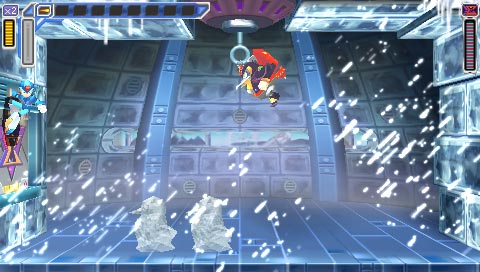
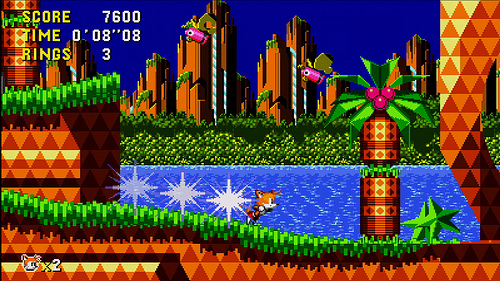
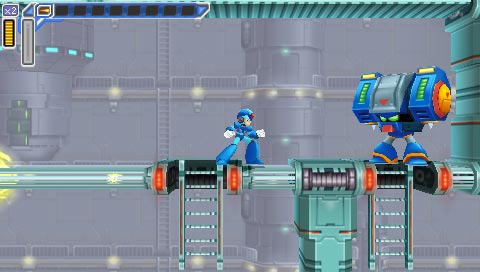
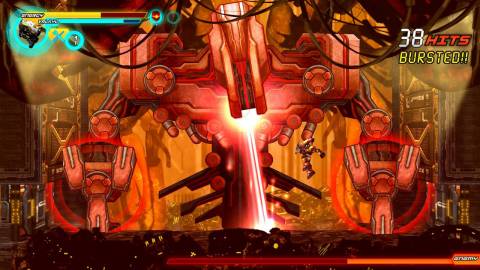
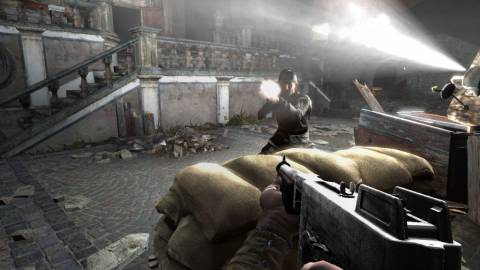
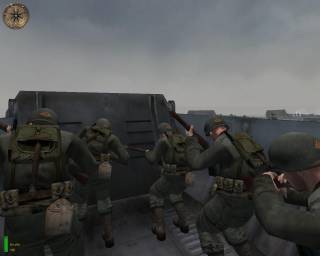
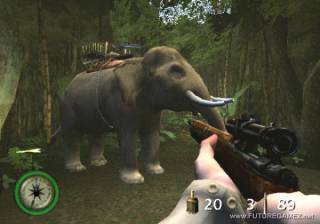
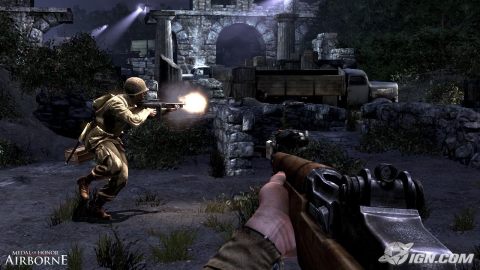
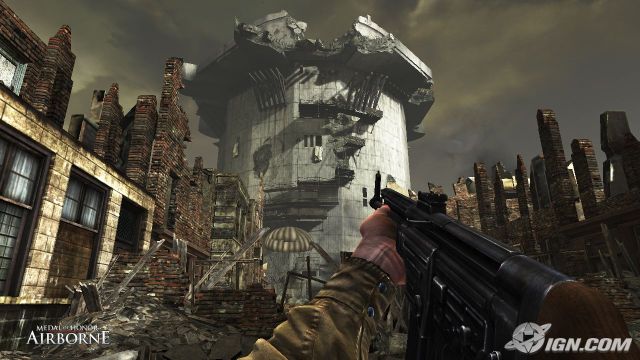

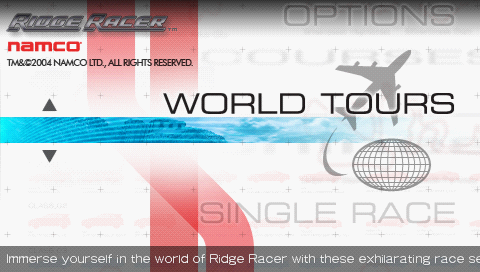
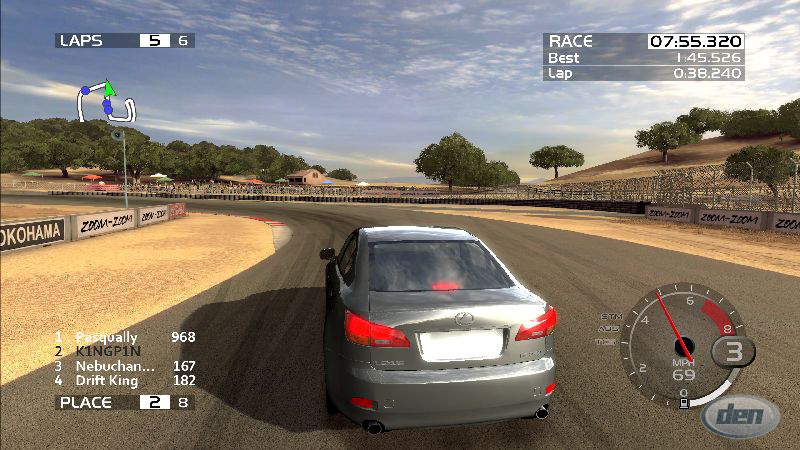
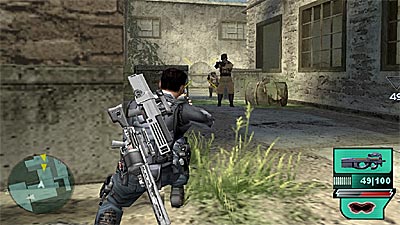
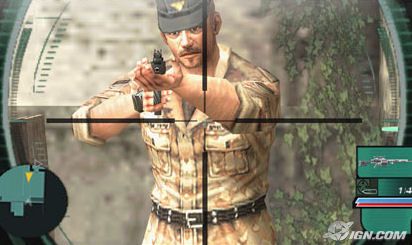
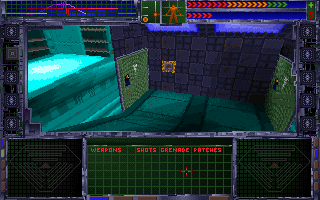
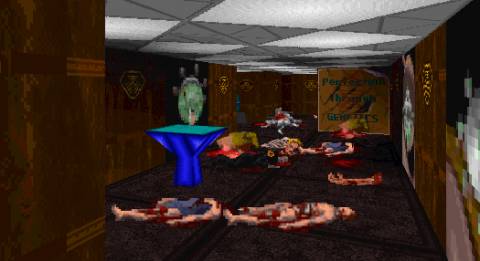

Log in to comment